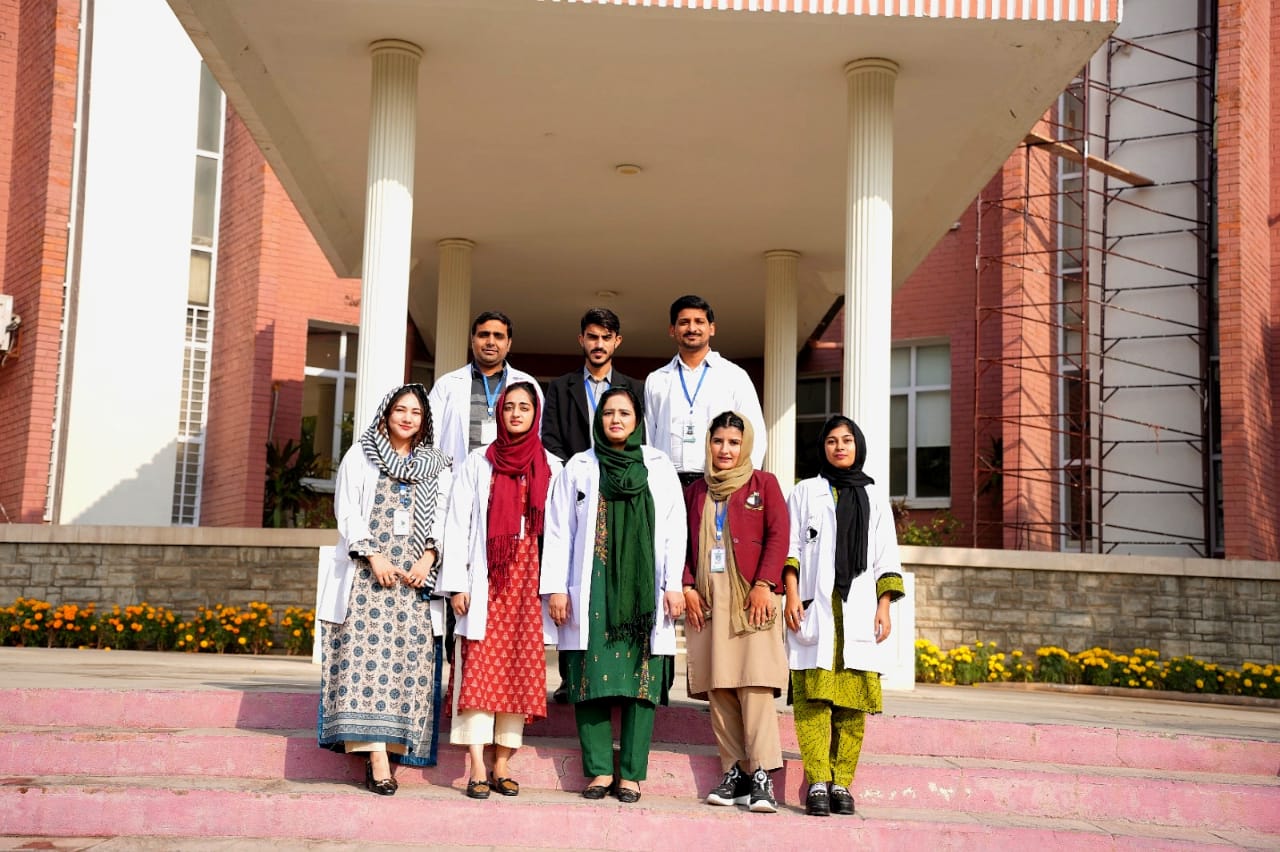
About Us
The Light House Department
We provide a bridge for those whose vision cannot be fully corrected by standard medical or surgical means. Our facility is a center of excellence where science meets patient-centered care.
Who Can Benefit?
Support for congenital or acquired visual impairments.
Tools to succeed in mainstream educational environments.
Rehabilitation for glaucoma, AMD, and diabetic retinopathy.
Regaining independence in age-related permanent vision loss.
